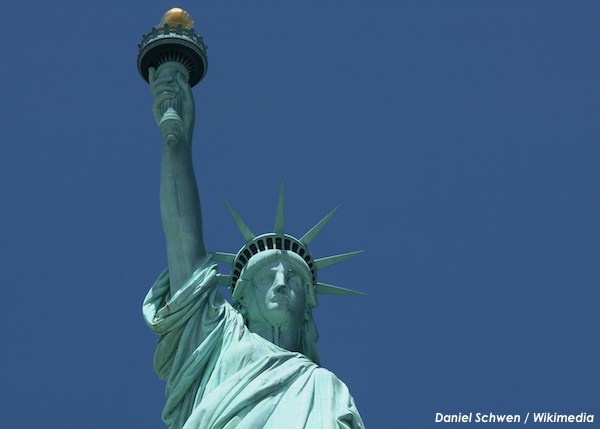Promoting the rights of children, youth, and students is vitally important for keeping them safe. We’ve seen the footage this week from Spring Valley High School of a girl being body-slammed and seriously injured by a police officer in her school — an all-too-common occurrence. While this itself is a grave abuse (➚) and clearly one escalated by racism and misogynoir (learn more➚), one additional element we need to be aware of is how many schools (including in Massachusetts) have adopted policies that may limit our ability to find out about these incidents in future.
Such measures include monitoring students’ internet communications on campus and restricting or confiscating cell phones. While some of this is ostensibly to reduce distractions, its secondary (and I hope unintended!) effect is to reduce the ability of students to record authority figures or otherwise get the word out about abuses or inappropriate behaviors by adults who are supposed to be keeping them safe.
This doesn’t just apply to inappropriate uses of physical force to contain situations, but also to other types of abuse. There have been more than enough institutional sex abuse scandals erupting in recent years to learn from. These often occurred in eras where children and youth were neither respected nor readily empowered to document illegal actions (of any kind) by adults in positions of power. We now know that young people are endangered when they are unable to advocate for themselves against powerful adults or institutions and are unable to prove what is happening.
It would be a serious mistake to move toward policies that prioritize omnipresent surveillance and policing while deprioritizing student rights and student privacy. Such an approach doesn’t foster a culture of being willing to constructively stand up to authority or institutions when there are abuses or illegal activity. (And reportedly, a student who tried to intervene physically in this case to protect his or her classmate from abuse was also disciplined by the school, which should raise some similar questions too.)
In immediate terms, while we always hope these things won’t happen in our schools, if they do happen, it’s much better that we know about them quickly so we can stop them and act against those responsible. For that to happen, students must feel comfortable about coming forward and be empowered to do so. Part of a safe learning environment is not just taking a “public safety in schools” approach but also ensuring students can advocate for themselves when something isn’t right.
In the bigger picture, I believe that the latter approach – respecting the rights of young people and protecting their ability to blow the whistle on abuses of power without fearing recrimination – also helps promote a generally more engaged and empowered civic attitude for a lifetime. Part of our education system should be to encourage people to defend each other and themselves from abuses of power wherever it may occur. It should never be to teach our children that they are powerless to stop injustice, illegal activity, or abuse.







